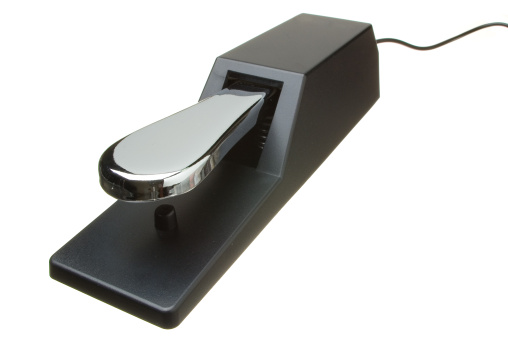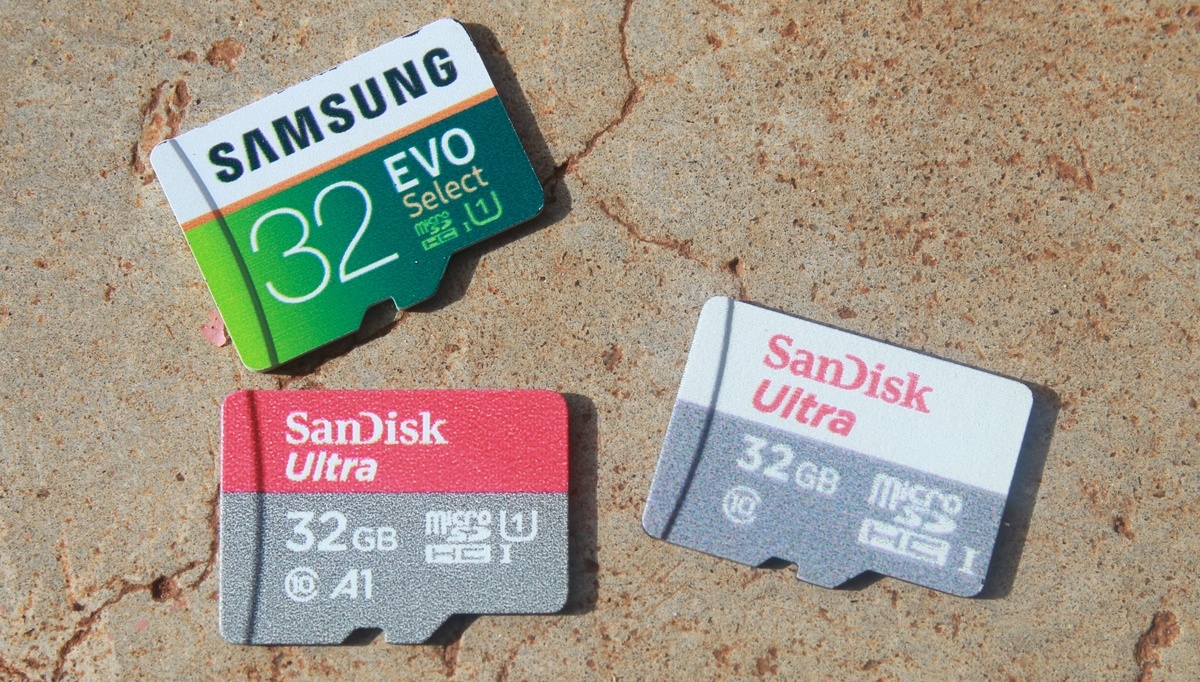-
Six Top Tips on How to Organize your Oral History Transcripts While Transcribing.

Transcribing oral history interviews can be a daunting task, but it is also an essential one for making the recordings accessible and searchable. Here are some general tips on how to organize your oral history transcripts: In Summary By following these tips, you can ensure that your oral history transcripts are accurate, well-structured, and reliable.…
-
Oral History Technology: Top Three Tips on Picking a Foot Pedal.

Imagine not having to go through the tedious process of using your mouse or keyboard specific keys to play, pause, rewind, forward your oral history audio file? Instead, having to do that with a foot pedal using your foot? Sounds pretty cool right? As an oral historian ready to transcribe your audios, you probably have…
-
Best MicroSD cards for your Zoom H1n Oral History Recorders

In my previous blog about The Four Best Voice Recorders for Your Oral History Interviews, we looked at Zoom H1n. Now we’re going to look at microSD cards that can be used as additional memory to the Zoom H1n recorder. SanDisk Ultra 32GB If you are looking for a microSD for your Zoom H1n recorder…
-
Top four Tips to Consider When Choosing Ergonomic Office Chairs
Your home office workspace doesn’t need a lot of room. Just an unused wall space with a desk up on it and a few shelves here and there, and a comfortable chair and you are half way there. No matter if you’ve just moved into a new office or are setting up an office in your…
-
Software Transcription Tools: Pros and Cons

A growing number of enterprises, universities, and even individual researchers are seeing the need of having transcribed conversations in addition to the recorded audio data to reference later on either in a meeting or just for easier documentation.There are several software transcription tools that one can use to capture these important audio bites which will…